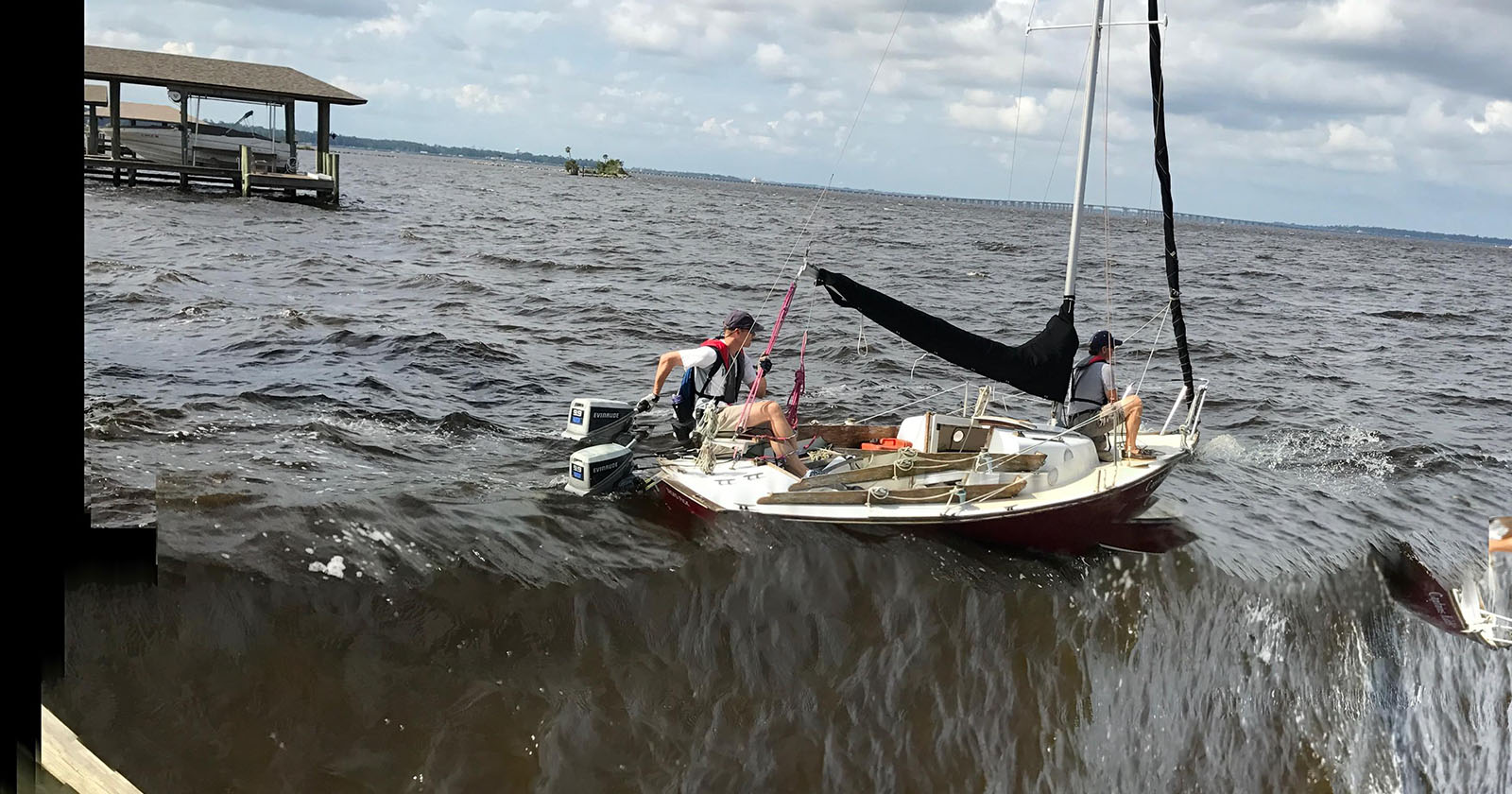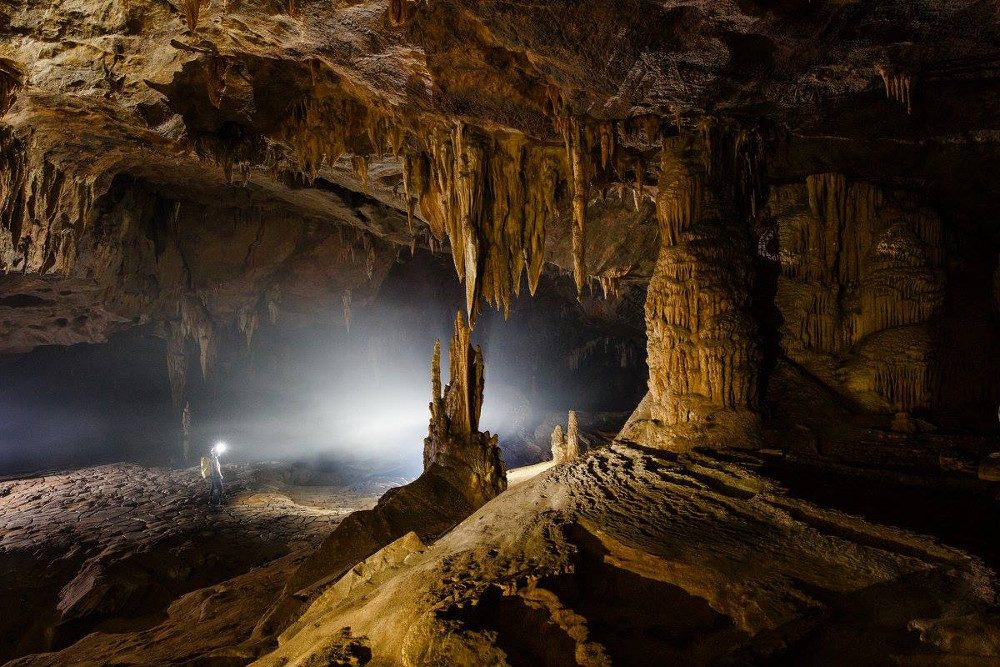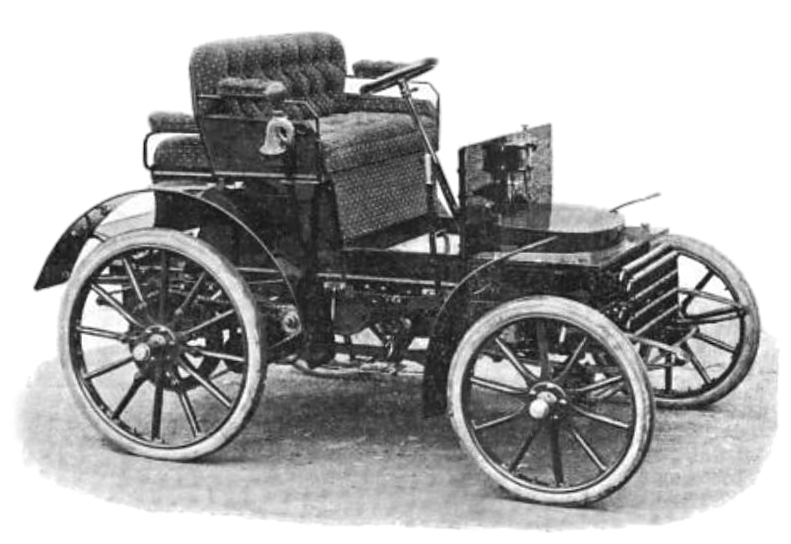 |
 | ||||||||||||
|
|||||||||||||

COVID-19, or
How do viruses and bacteria make you sick?
Size
How do bacteria and viruses work
How does the body defend itself
Vaccines
Disease spread
Images of various bacteria and viruses Time-lapse movie of bacteria growing Animation of a virus invading a cell and reproducing
B and killer T cells
Scientists have come a long way in estimating the number of cells in the average human body. Most recent estimates put the number of cells at around 30 trillion. Written out, that's 30,000,000,000,000!
The same number (give or take) of bacteria live in and on our body.
Many bacteria are helpful, like the ones that help you digest food, help
you fight disease and provide nutrients to your body. According to the
National Institutes of Health (NIH), fewer than one percent of bacteria
can actually make you sick.
A looming threat is antibiotic resistance, where fewer and fewer currently available antibiotics are effective. Here is a top 10 list of antibiotic resistance
|
|||||||||||||

The end of the world
Actually, the question was "Why are scientists saying that the world is going to end but it has not?".
There is a long list of things that spell the end of the world. There is a class of events with a known date: The time when the Sun will swell up and swallow the Earth, or the time before that when the oceans boil away and the atmosphere is blasted off. Then there is a class of events that may destroy the Earth, but we can't tell when, if ever. These include a hit by a large asteroid or comet, or getting zapped by a nearby gamma-ray burst. Then there are things that will cause a big mess, but will not destroy the entire Earth, such as the next eruption of a supervolcano, or a nuclear war. Then there is the unfolding global warming disaster. It will kill of a large fraction of all species on earth, though not humans and cockroaches, but my country of birth will be gone in a few centuries. Not exactly the end of the world, but certainly the end of the world that I grew up in.
Links:
|
|||||||||||||

Caves
There was a question about caves, so I looked up a few things. Luckily, here in New Mexico, we have several cave systems, and many of the 6th-graders had been to one or more of them. The most famous one is in Carlsbad, an example of an epigenic cave system. Another famous set of caves are in nearby Bandelier National Monument. These are man-made, dating to the 1100's, made by the ancestral puebloans. We also have lava tubes that you can go into. One even has ice in it year-round.
We talked about stalactites, stalacmites etcetera, and of course snotites
or cave slime.
Links:
|
|||||||||||||

Who invented the automobile
Lots of history. Links:
|
|||||||||||||
| |||||||||||||
